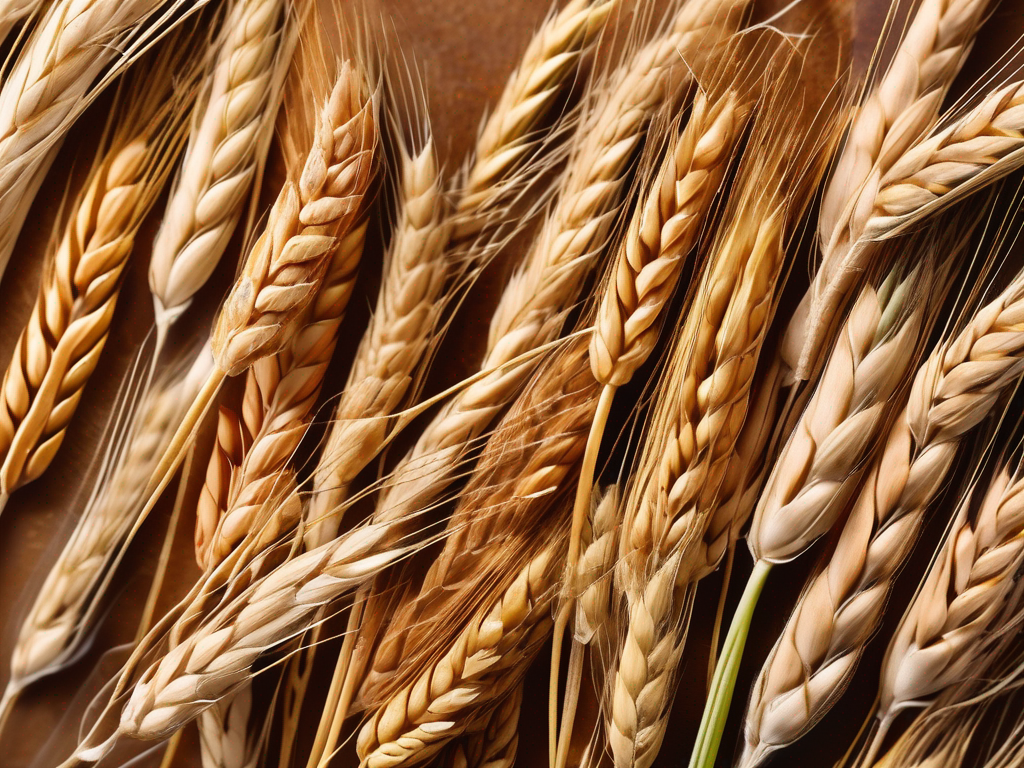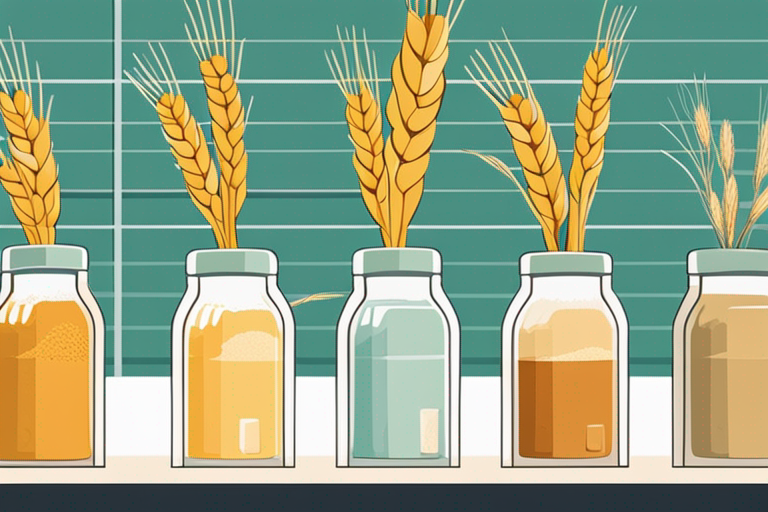
How to Properly Check for Freshness in Common Wheat Before Consuming
Get Your Free Food Safety Cheat Sheet
30 most common foods with instant answers. Print it and stick it on your fridge—completely free!
How to Properly Check for Freshness in Common Wheat Before Consuming
Common wheat is a staple food that is widely consumed around the world in various forms such as bread, pasta, and cereals. It is essential to ensure the freshness of common wheat before consuming it to prevent any potential health risks. In this blog post, we will discuss how to properly check for freshness in common wheat and ensure its safety for consumption. (Common wheat)
Understanding the Importance of Checking for Freshness
Before delving into the methods of checking for freshness in common wheat, it is crucial to understand why this step is essential. Consuming stale or expired wheat can lead to various health issues such as digestive problems, food poisoning, and nutrient degradation. By checking for freshness, you can ensure that you are consuming a high-quality product that is safe for consumption.
Visual Inspection
One of the simplest ways to check for freshness in common wheat is through visual inspection. By examining the appearance of the wheat, you can determine if it is still fresh or if it has started to deteriorate. Here are some visual cues to look out for:
Color
- Fresh common wheat should have a vibrant golden or light brown color.
- If the wheat appears dull, faded, or has dark spots, it may be stale or contaminated.
Texture
- Fresh common wheat should have a firm and dry texture.
- If the wheat feels moist, sticky, or clumped together, it may be old or exposed to moisture.
Odor
- Fresh common wheat should have a mild, nutty aroma.
- If the wheat smells musty, sour, or rancid, it is best to discard it.
Storage Conditions
Proper storage of common wheat is crucial to maintaining its freshness and quality. Here are some tips on how to store common wheat effectively:
- Store common wheat in an airtight container to protect it from moisture, pests, and contaminants.
- Keep the wheat in a cool, dry place away from direct sunlight and heat sources.
- Check the storage container regularly for any signs of mold, insects, or moisture buildup.
- Avoid storing common wheat near strong-smelling foods as it can absorb odors.
Shelf Life and Expiration Date
Common wheat, like other grains, has a limited shelf life and should be consumed within a certain timeframe to ensure its freshness. Check the packaging or label for an expiration date to determine the freshness of the wheat. If the wheat is past its expiration date, it is best to discard it to avoid any potential health risks.
Simple Freshness Test
If visual inspection and storage conditions are not enough to determine the freshness of common wheat, you can conduct a simple freshness test. Here's how you can do it:
Float Test
- Fill a bowl with water.
- Add a handful of common wheat to the water.
- Fresh wheat will sink to the bottom, while stale or old wheat will float to the surface.
Conclusion
Ensuring the freshness of common wheat before consuming it is essential for maintaining food safety and quality. By following the tips and methods mentioned in this blog post, you can confidently check for freshness in common wheat and enjoy it in your favorite dishes without any concerns about its quality or safety. Remember to always prioritize food safety and quality when handling and consuming common wheat. (Common wheat)

Authoritative Food Safety References
These agencies and university labs inform every tip and health precaution we publish.
USDA FoodKeeper – Cold Storage Guidelines
Official refrigerator, freezer, and pantry timelines maintained by the U.S. Department of Agriculture.
Visit USDA FoodKeeperFDA Produce Safety Rule & Grower Guidance
Field-to-fridge handling practices that prevent contamination of fruits, vegetables, and leafy greens.
Visit FDA Produce SafetyCDC Foodborne Illness Prevention Hub
Surveillance-backed guidance on pathogens, symptoms, and steps to reduce foodborne illness risk.
Visit CDC Food SafetyUC Davis Postharvest Technology Center
University research detailing optimal storage atmospheres for produce after harvest.
Visit UC Davis PostharvestPenn State Extension – Home Food Preservation & Safety
Peer-reviewed extension bulletins on safe canning, chilling, and reheating practices.
Visit Penn State ExtensionWhat are the common storage mistakes that can lead to stale wheat?
Can I still consume wheat that has passed its expiration date?
How long can wheat be stored before it goes bad?
Are there any health risks associated with consuming stale wheat?
Get Your Free Food Safety Cheat Sheet
30 most common foods with instant answers. Print it and stick it on your fridge—completely free! Want more? Upgrade to the complete guide with 70+ foods.
Scan your food directly and get instant safety info using our AI-powered camera feature.